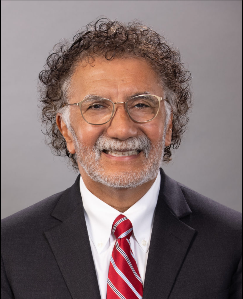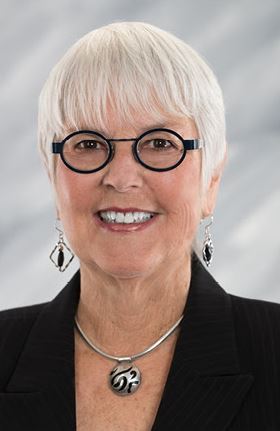A fleet of 33 new human-operated, zero-emissions battery-electric yard tractors were officially unveiled Wednesday at a Port of Long Beach container terminal where the cargo-handling machines have replaced traditional gasoline and diesel-powered models.
The deployment – the largest of its kind on the West Coast – was led by terminal operator SSA Terminals LLC, a joint venture between SSA Marine and Matson Navigation Company. It is partially funded by a $50 million grant from the California Air Resources Board for the Sustainable Terminals Accelerating Regional Transformation, or START project, a sweeping, transformative demonstration of a near-zero and zero-emissions supply chain. The START project is part of California Climate Investments, a statewide initiative that puts billions in cap-and-trade dollars to work by reducing greenhouse gas emissions, strengthening the economy and improving public health and the environment – particularly in disadvantaged communities. Additional funding for the equipment was provided by a U.S. Environmental Protection Agency Targeted Airshed Grant award.
The new machines increase the percentage of zero-emissions equipment being used at the Port of Long Beach to approximately 20%. The percentage will continue to increase as more zero-emissions equipment is rolled out at the Port. This equipment also accelerates Pier C’s progress toward zero-emissions operations, a process that will continue further as SSA Terminals works to integrate zero-emissions, human-driven top handlers.

“Meeting our aggressive zero-emissions goals is not possible without the support of our partners, and this project is just another example of the shared commitment at the Port of Long Beach to a zero-emissions future,” said Port of Long Beach CEO Mario Cordero. “I’d especially like to thank SSA Terminals for leading zero-emissions efforts at Pier C, Southern California Edison for prioritizing zero-emissions infrastructure projects and CARB for the funding to make these types of projects possible.”
“This project is exciting, and we commend all parties involved for balancing the need for zero-emissions technology and infrastructure while bolstering the efficient movement of cargo by the hardworking dockworkers,” said Long Beach Harbor Commission Vice President Bonnie Lowenthal.

“We are excited to see the Port of Long Beach moving in this direction, consistent with Matson’s goals of achieving a 40% reduction in Scope 1 greenhouse gas fleet emissions by 2030 and net zero GHG emissions by 2050,” said Matson Chairman and CEO Matt Cox.
To turn idea into reality, SSA Terminals closely collaborated with the equipment developers to create machinery and infrastructure that could withstand the intensity of a full workday on the docks. The equipment is capable of running a two-shift operation with a once-per-day opportunity charge. Both the Port and SSA Terminals worked with Southern California Edison to bring the project to fruition. SCE’s Charge Ready Transport program supports heavy duty electrification projects and was vital to the success of the project.











